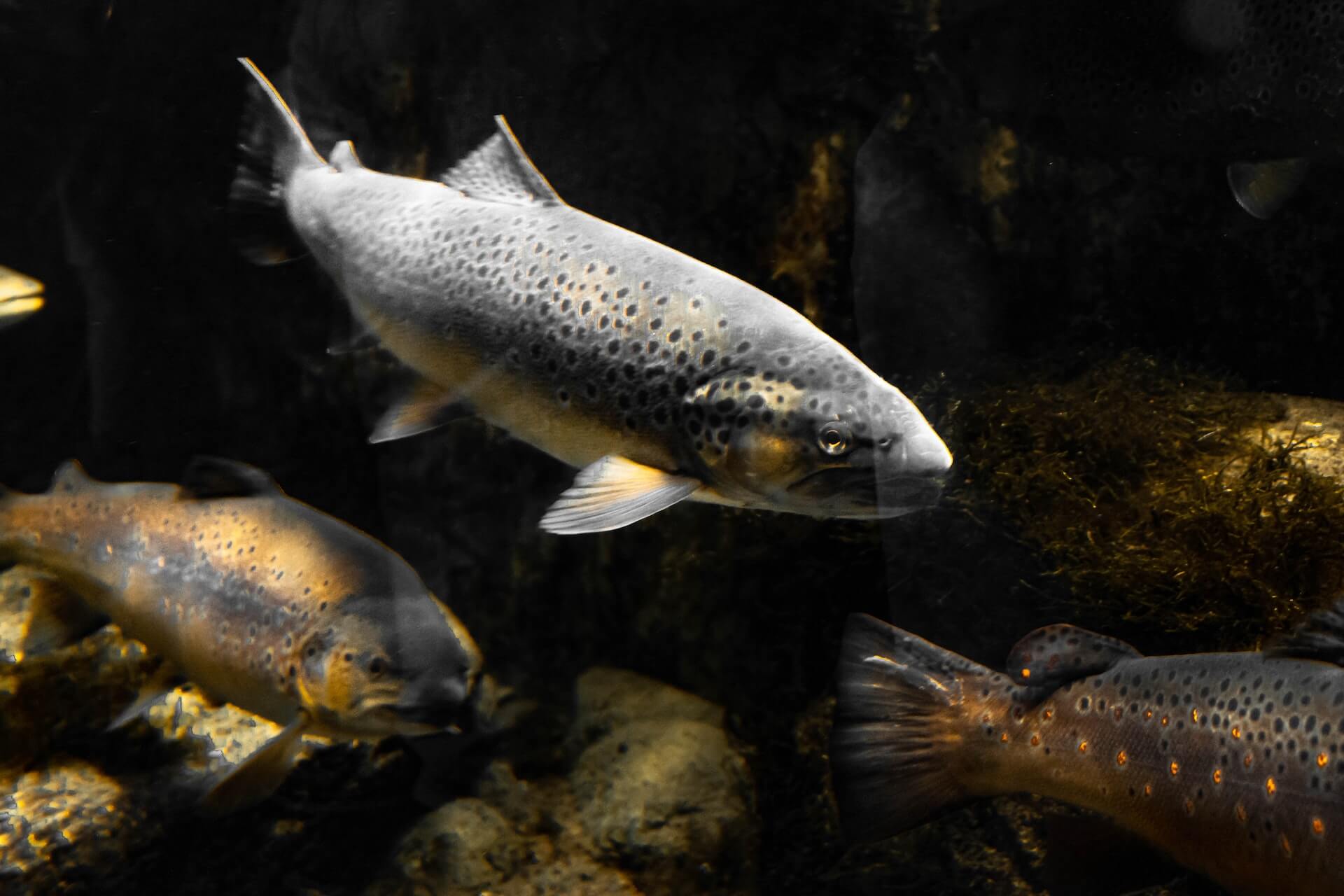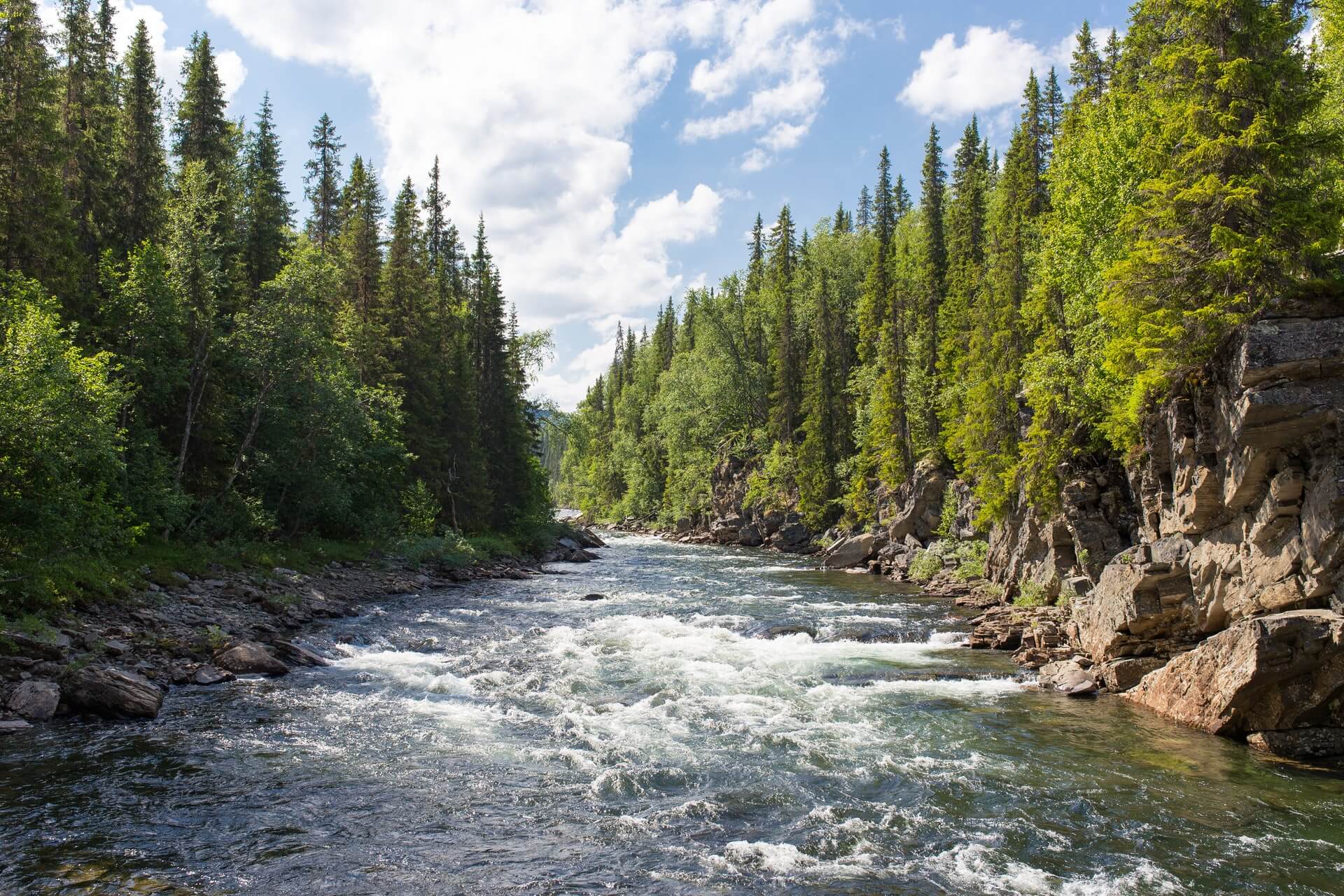
The Brown Trout is an iconic fish of French and European rivers. Known as the only native species of our beautiful country, it is the king fish when it comes to practicingtrout fishing as well to lures, that at the nymph or even at the fly in first category water.
To get to know this fish, it is important to first familiarize yourself with it. Its biology should be part of the fisherman's knowledge in order to properly understand its fishing. Its habitat, its breeding periods, or even its legal catch size, are all points that we will discuss throughout this article.
We will then see what fishing techniques you can use to find it. You will see that they are varied and adapt to all types of fishing: lure, bait or more traditional mountain fishing.
Finally, we will try to give you some clues about both the areas where trout are found and the geographical areas conducive to its discovery.
A bit of biology of the brown trout

As we mentioned in the introduction, this species is the only one of the trouts that manages to reproduce within our rivers in France. The rainbow will not be able to carry out this operation and will inevitably be a population resulting from letting go.
For a good survival of the brown trout, several conditions must be met. Indeed, it has quite significant requirements for its survival. This is also why we always advise you to wet your hands before catching the fish or to leave it in the air for as little time as possible.
The important points to remember:
- A water temperature that should not exceed 22°C, beyond that, it's certain death. It will mainly prefer water temperatures ranging from 7 to 16°C.
- The amount of oxygen in the water is an important factor. That's why it favors turbulent areas and the meters that follow. Indeed, the exchange with the air will be greater, thus guaranteeing oxygenation.
- It's a fragile fish. Every hit or injury can quickly turn into a disease that will be very difficult to get rid of.
- Finally, she tolerates suspended matter very poorly, due to the shape and opening behind her gill arches.
The Brown trout is a fish that will live in a defined territory.. Born in the upper part of the river, it will gradually descend as its size increases in order to find areas deep and rich in food to grow.
.png)
The regulation of trout fishing tries to respect its life cycle and the need to protect a species that is fragile today. That's why you should note three main points if you decide to focus your efforts on catching this fish.
- The first will be the size at which you can catch the fish. This is generally chosen based on the areas where you have fished. But everyone agrees not to touch the specimens until at least 2 successful reproductions. This is the essential guarantee of a stable population in the river. Each watercourse or each department may have its local regulations. We invite you to get closer to fishing societies or federations.
- The opening and closing period is the second essential point to respect. The time when trout fishing is not allowed has been decided to allow easier reproduction and under very good conditions.
- Finally, if you plan on catching fish for your culinary pleasure, it is important to respect the authorized number of catches. Here too, you need to inquire about the regulations of each area so as not to find yourself in a situation where you would be breaking the law.
The different techniques of trout fishing
They are finally numerous enough to correspond to all types of fishermen that we can find. We will not go into details here, but here is the list of what you might imagine doing for catch a trout, rod and reel in hand.
- The lure fishing It remains for us one of the most modern techniques to date. Quite simple to implement and understand, there is a wide variety of equipment available that perfectly suits the situation you are facing. The variety of colors, shapes will need to be discussed with a connoisseur in order to make the right choices, both in the thread, the assembly, the color and the action of the lure.
- The second technique highly prized by all generations is the fly fishing. This whip-like movement that allows you to place your insect imitation on the surface of the water remains etched in the memory of many. It's a magnificent gesture that many fishermen love to reproduce and some films have highlighted its nobility.
- Very effective at the start of the season, you will be able to venture to practice. trembling fishing. This type of practice involves using natural bait that you present while following the current. It's an opening fishing technique that should not be overlooked, but which allows you to hold your own all year round, thanks to a weightAlways well adapted to the current.
You will then find variations or specific uses for searching for large fish, for example: handled minnow, devon, or even float fishing for practices in artificial lakes.
Fishing areas
.jpg)
Once equipped with the gear for the fishing technique you have decided to use, you must be able to determine the position that will stretch your nylon or your line. braid. This is not an easy task, especially if one does not have a good knowledge of the river, nature, and its bottom.
For the beginners among you, it will be important to turn to a fishing guide. A half-day repeated two or three times will allow you to have a slightly more technical approach to be able to have fun alone by the water.
For the others, remember that trout do not position themselves in the same place depending on the season and the time of day. Indeed, you will need to prefer the quieter areas with more depth for the start and end of the day while we will note for the more dynamic areas throughout the day.
In conclusion, the Brown trout is a magnificent fish.. Its habitat is now relatively fragile and it is important to be very careful with it. Fishermen are the first witnesses of the situation and must therefore remain the main actors. Fishing is not just another activity that we consume, but rather a relationship with nature that helps us understand it a little more each day.
You might enjoy reading:
